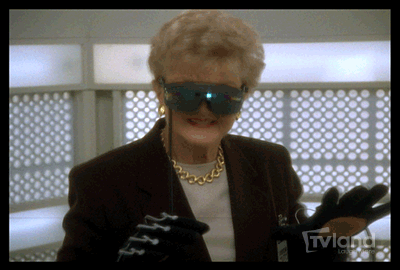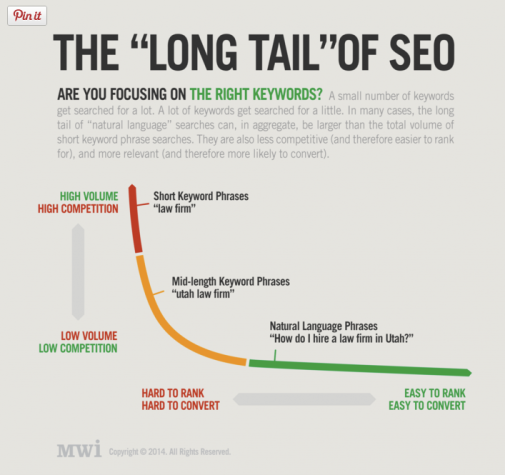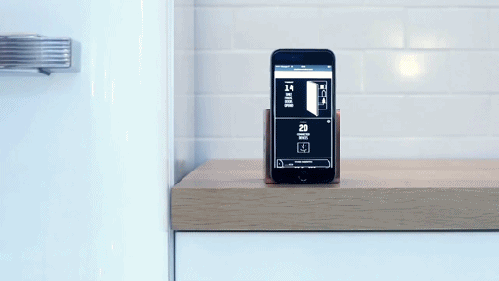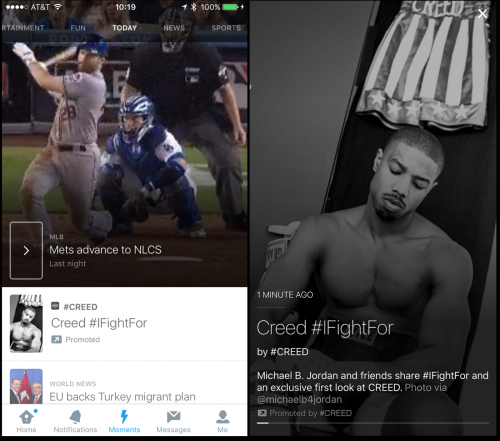
Can anyone name the industry that generated two times the amount of the entire United States intelligence budget in 2012?
If you didn’t guess “Data Brokering”, than you should probably know that almost $200 billion is generated by data brokers who collect, analyze, package and sell some of our most sensitive personal information (usually without us knowing) to all sorts of third-party companies who in turn offer “business insights” from extrapolating this information.
The advancement in mobile technology has undoubtedly been a catalyst in the growth of data brokering, as almost one-fifth of Americans use their device to access online services and information and for staying connected to the world around them.
Of course, all of that online behavior is then collected, tracked and monitored by companies such as Acxiom, LexisNexis and a bunch of other companies with obscure names and discreet practices.
While retailers and data brokers have always used technology to better understand customer behavior, the growth of mobile technology has opened the doors for new and innovative methods to acquire consumer data, with or without consent.
Below are three new ways that data brokers will be able to make profit from your information in 2016:
Wearable Tech

Fitbit, Nike Fuelband, and Smartwatches such as the Apple Watch and Samsung Gear are all part of the growing trend of wearable technology. These devices are worn as clothing or as an accessory to track health and fitness data. In fact, 1 out of 10 people now have some form of wearable tech that allows them to quantifiably track the results of their day and that number is set to rise in the New Year.
However, the user isn’t the only one who has access to their “personal” metrics. The companies that sell these products will in turn sell the health-related data they harvest to insurance companies. Why insurance companies? Because they would like to use these wearable devices to track fitness behavior and better determine how to insure you! Companies, such as Nike, could then be incentivized to share the vast amount of data they have access to, while the average consumer is oblivious to the millions of dollars shelled out to learn how many miles you ran this week.
So while these devices may keep you motivated to achieve your fitness goals, keep in mind that your goals and the steps you take to reach them are being tracked, analyzed and sold to the highest bidder.
Virtual Reality

This year’s launch of the Samsung Gear VR (virtual reality) marked the dawn of commercially accessible VR experiences.
Consumers can now bring an augmented reality experience with them wherever and whenever they want, which will lead to new and valuable insights for data brokers to bid off. Built-in eye tracking technology of VR products like the Oculus Rift, allow advertisers and data brokers alike to know what consumers are looking at, when they are looking at them and for how long.
This backend data is essentially what most companies wish they could collect for traditional mediums such as billboards and print ads. VR analytics offer a reliable way to track viewability, albeit in a virtual world dictated by ad dollars.
Predictably, this information will be collected and stored by the companies who manage the products and sold through data brokers to various advertisers and marketers. With eye-tracking analysis studies often being expensive to conduct, the commercialization of VR will create a convenient and readily available source for this type of personal information, which will be sure to draw top dollars from data brokers everywhere.
Internet of Things (IoT)

In a previous post I discussed the impact of the IoT, so if you’re unfamiliar with the concept, it’s a good place to start.
Basically the IoT is the interconnectivity between things using wireless communication technology (each with their own unique identifiers) to connect objects, locations, animals, or people to the Internet, thus allowing for the direct transmission of and seamless sharing of data.
In layman’s terms, this means that we could start to see everyday products such as refrigerators, ovens, thermostats, light bulbs, etc. come equipped with wireless sensors that are then able to communicate information to other connected devices.
Access to this type of information could lead to a world with only relevant and timely advertising based on individual consumer wants, needs and habits.
Over the next decade, the IoT market could potentially generate as much as $11 trillion a year with much of that money coming in the form of big data sales. Tech-giant Cisco stated that the rise of IoT could start “a surge in connections of people, process, data and things that could reach 50bn by the end of the decade.”
Nova Spivack, chief executive of big-data mining company Bottlenose, states that “The internet of things represents a major data opportunity” and that “there’s just no other data opportunity that comes close.”
Companies will typically tout that the data obtained from these connected devices will benefit users in the long run. However, it is hard to ignore the intrusive nature of multiple points of data access as fixtures in the confines of your own home.
It begs the question: are these companies really looking to make our lives easier or are they simply trying to make top dollar off of the vast amounts of personal information they can obtain about us?
Paranoid yet? Or are you looking for a piece of the action? Let me know how you feel about these new ways data brokers are mining data gold from us or if you think there are other ways I may have missed!




















